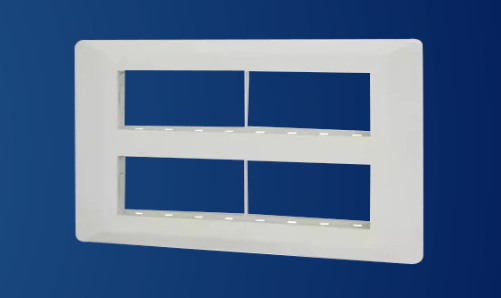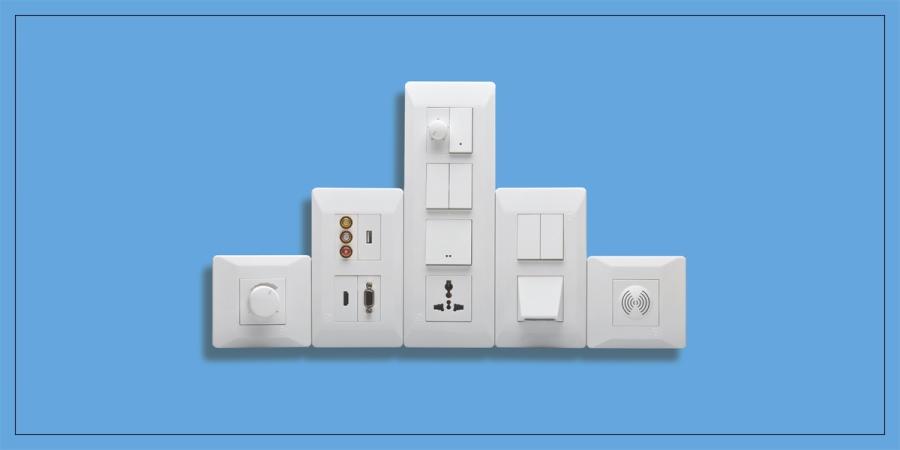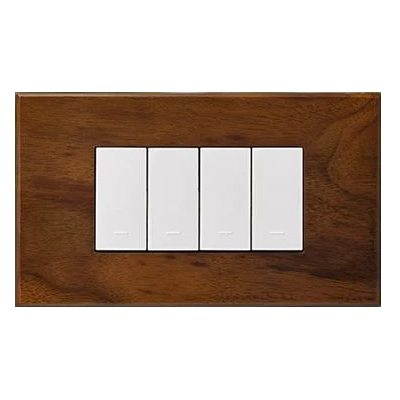
In a world increasingly driven by technology, home automation has emerged as one of the most practical and impactful advancements for residential living. From conserving energy to enhancing comfort and convenience, smart home automation solutions are changing how we interact with our living spaces. For homeowners seeking to upgrade their homes, investing in the best home automation devices can lead to long-term energy savings, improved safety, and enhanced quality of life.

Why Home Automation Matters
The concept of home automation revolves around using smart technology to control various home systems—lighting, temperature, security, and appliances—through centralized platforms like mobile apps or voice assistants. The main advantage lies in its ability to make everyday tasks more efficient and less time-consuming, all while optimizing energy consumption.
Today’s smart home automation solutions are not just about luxury—they’re essential tools for modern, sustainable living. Whether it’s automatically turning off lights when no one is in the room or scheduling your HVAC system to align with your daily routine, smart automation devices help reduce electricity waste and lower your monthly bills.
Key Benefits of Using Home Automation for Energy Efficiency and Comfort
Reduced Energy Consumption: Automated lighting, climate control, and appliance usage contribute significantly to cutting down electricity usage.
Increased Comfort: Set the perfect environment before arriving home or enjoy personalized temperature and lighting settings.
Remote Access and Monitoring: Control your devices from anywhere using your smartphone or tablet.
Enhanced Security: Many smart devices also double as security systems with real-time alerts and surveillance.
Cost Savings: Although the initial investment might be higher, the long-term savings on utility bills are substantial.
Now, let’s explore some of the best home automation devices available in the market today that can help achieve maximum energy efficiency and comfort.
Smart Thermostats
Smart thermostats are among the best home automation devices for managing indoor climate efficiently. These devices learn your daily routines and automatically adjust heating and cooling to match your preferences. Advanced models like the Nest Learning Thermostat and Ecobee SmartThermostat allow remote temperature control, detailed energy usage reports, and integration with other smart systems.
Energy-saving benefits: Reduce unnecessary heating and cooling, adjust based on occupancy, and lower overall HVAC energy usage.
Smart Lighting Systems
Lighting typically accounts for a large portion of a home’s electricity usage. Smart lighting solutions, such as Philips Hue and LIFX, allow homeowners to automate lighting schedules, dim lights based on activity, and control bulbs via smartphones or voice assistants.
Comfort factor: Personalize lighting for different moods, automate based on daylight, and avoid wasted energy in unused rooms.
Smart Plugs and Power Strips
Smart plugs offer a simple yet powerful way to transform regular appliances into automated devices. They enable users to schedule power times, remotely turn off devices, and monitor energy consumption. Brands like TP-Link Kasa and Wemo provide affordable and reliable smart plug options.
Energy-saving benefits: Prevent phantom power usage and eliminate the need to unplug devices manually.
Smart Blinds and Shades
Automated window coverings like smart blinds contribute to both energy efficiency and comfort. These devices adjust based on sunlight exposure, room temperature, or pre-set schedules. Popular brands include Lutron Serena and Somfy.
Energy-saving benefits: Reduce indoor heat during summer and retain warmth in winter, minimizing HVAC use.
Smart Home Energy Monitors
Devices like Sense and Emporia Vue offer real-time insights into your home’s energy usage. These monitors track the consumption patterns of individual appliances and help homeowners make informed decisions to reduce waste.
Comfort and savings: Understand which devices use the most energy and optimize usage accordingly.
Smart Water Heaters
Traditional water heaters are often energy hogs. Smart water heaters or controllers like Rheem EcoNet enable scheduling, temperature adjustment, and leak detection.
Efficiency gains: Ensure water heating only happens when needed, thus saving electricity.
Smart Home Hubs and Assistants
A central hub, like Amazon Echo or Google Nest Hub, ties all your smart home automation solutions together. These systems use voice commands and automated routines to manage lighting, thermostats, security cameras, and more.
Ease of use: A centralized control system enhances convenience and ensures seamless operation of all devices.
Smart Security Systems
Security systems with automation features such as Ring Alarm, Arlo, or SimpliSafe not only protect your home but also contribute to energy savings. For example, cameras can be motion-activated, and systems can disable lighting or adjust thermostats when you leave the house.

Bonus benefit: Enhanced security while reducing unnecessary energy usage when you’re away.
Smart Appliances
Modern kitchen and laundry appliances now come with built-in automation features. Smart refrigerators, ovens, and washing machines from brands like LG and Samsung can be controlled remotely, programmed for energy-saving cycles, and provide usage reports.
Comfort level: Manage household chores with greater ease while minimizing electricity and water use.
Smart Irrigation Controllers
For homeowners with gardens or lawns, smart irrigation controllers like Rachio help in conserving water by adjusting watering schedules based on weather conditions.
Efficiency benefit: Avoid overwatering and cut down on water bills while keeping your garden lush and healthy.
Making the Right Choice
Choosing the best home automation devices requires assessing your home’s needs, compatibility with existing infrastructure, and the desired level of control. Start small—perhaps with smart lighting or a thermostat—and gradually expand to other areas. Interoperability is key; make sure your devices can communicate with each other through a unified platform or hub.
When choosing smart home automation solutions, prioritize those with energy-saving certifications like ENERGY STAR, and opt for devices with reliable customer support and regular software updates.
Conclusion
The evolution of smart home automation solutions has paved the way for a more comfortable, energy-efficient lifestyle. By integrating the best home automation devices, homeowners can enjoy the dual benefits of reduced environmental impact and enhanced living standards. From smart thermostats to lighting systems and energy monitors, there’s no shortage of options to create a modern, intelligent home.
For professional guidance and installation of advanced automation systems, Lauritz Knudsen Electrical and Automation offers cutting-edge expertise in designing custom smart home solutions. Their team ensures seamless integration, high-quality products, and reliable after-sales support, making your transition to a smarter home smooth and stress-free.